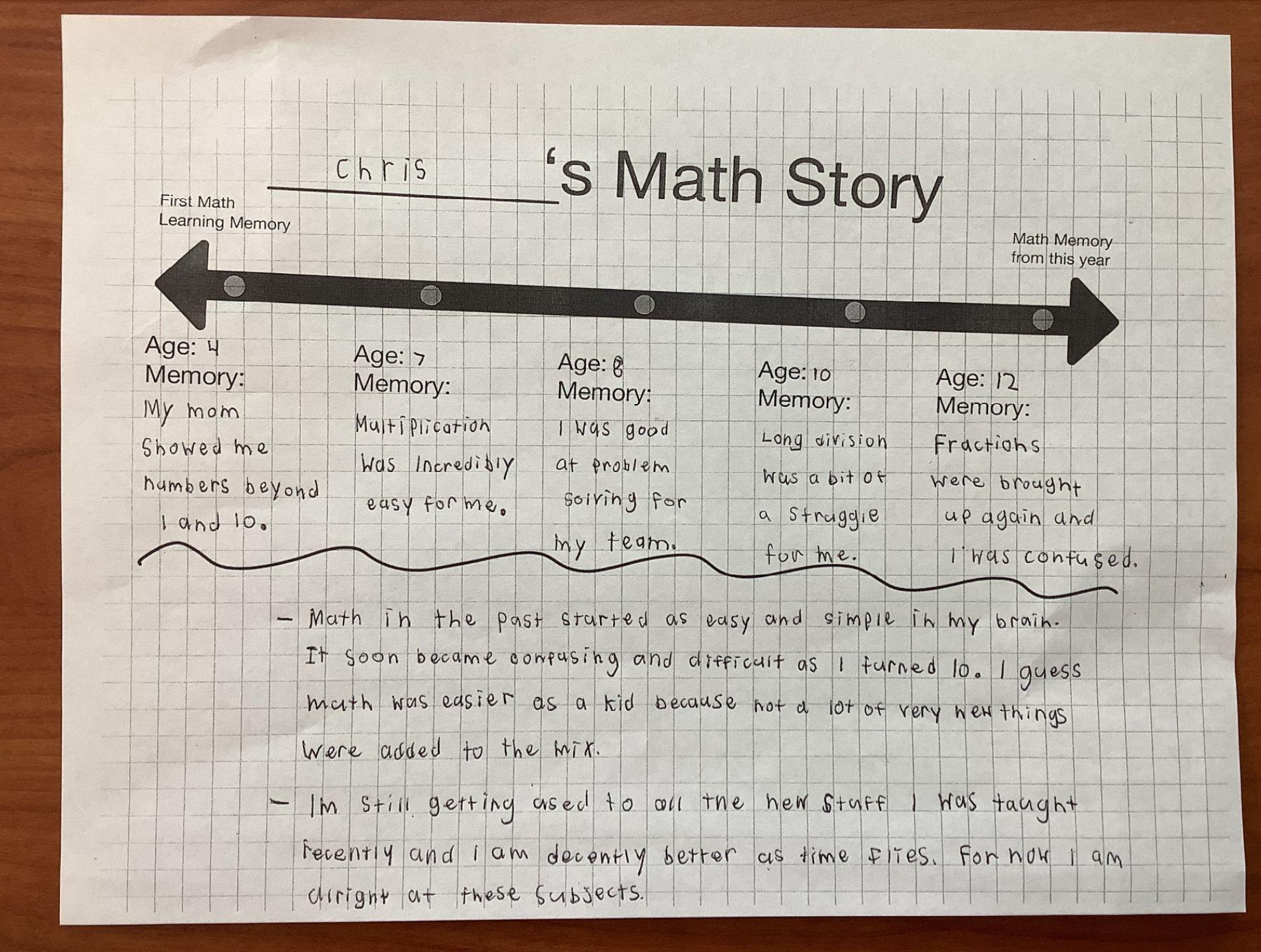 Should students strive to attend the most selective college or university they can get into? Traditionally, this question weighs academic rigor, post-graduation opportunities, culture, peer group, colleges’ resources and support systems, and – perhaps most powerfully – cost. However, new research suggests that another critical factor should be taken into consideration: the surprisingly low graduation rate of high-achieving students who choose less-selective schools.
Researchers gathered data on students entering 68 public colleges and universities in four states, comparing those who gained admission to selective schools to those who, based on grades and test scores, would have qualified to attend selective schools, but chose a less-competitive school instead.
The results: 81% of students at selective schools graduated on time, compared to just 66% of students who were “undermatched.”
There is no simple answer to explain why students choose less selective schools, though social factors (proximity to family, attending school with friends) and financial factors (lack of financial aid, choosing to live at home) are likely contributors – especially for low-income youth. In the study, only 36% of low-income, first-in-family students who qualified for top schools chose to attend them.
As for the difference in graduate rates,
Should students strive to attend the most selective college or university they can get into? Traditionally, this question weighs academic rigor, post-graduation opportunities, culture, peer group, colleges’ resources and support systems, and – perhaps most powerfully – cost. However, new research suggests that another critical factor should be taken into consideration: the surprisingly low graduation rate of high-achieving students who choose less-selective schools.
Researchers gathered data on students entering 68 public colleges and universities in four states, comparing those who gained admission to selective schools to those who, based on grades and test scores, would have qualified to attend selective schools, but chose a less-competitive school instead.
The results: 81% of students at selective schools graduated on time, compared to just 66% of students who were “undermatched.”
There is no simple answer to explain why students choose less selective schools, though social factors (proximity to family, attending school with friends) and financial factors (lack of financial aid, choosing to live at home) are likely contributors – especially for low-income youth. In the study, only 36% of low-income, first-in-family students who qualified for top schools chose to attend them.
As for the difference in graduate rates,
the researchers speculated that the more-competitive schools may have better facilities, better teachers, more financial assistance, or more-extensive counseling. Some other experts have pointed out, however, that the findings do not take into account other differences among students, such as variations in motivation or drive, that could also explain the better outcomes for high-achieving students at the elite schools.The study has important implications for programs like Aim High who strive to propel youth to college. Navigating the college admissions process – especially for those students from low-income backgrounds and those who are the first in their families to go to college – means more than working hard in high school and completing the often arduous application process. It also means giving youth great information about a wide variety of colleges and helping them build the confidence and know-how to really seriously consider their needs, their resources, and their dreams. And once admitted to a school, students need continuous support. Aim High is proud to collaborate with great Bay Area programs like College Track and Summer Search who provide outstanding college guidance for high school students while working to get the ball rolling by encouraging academic achievement and future thinking during the critical middle school years. Read the whole article here.



